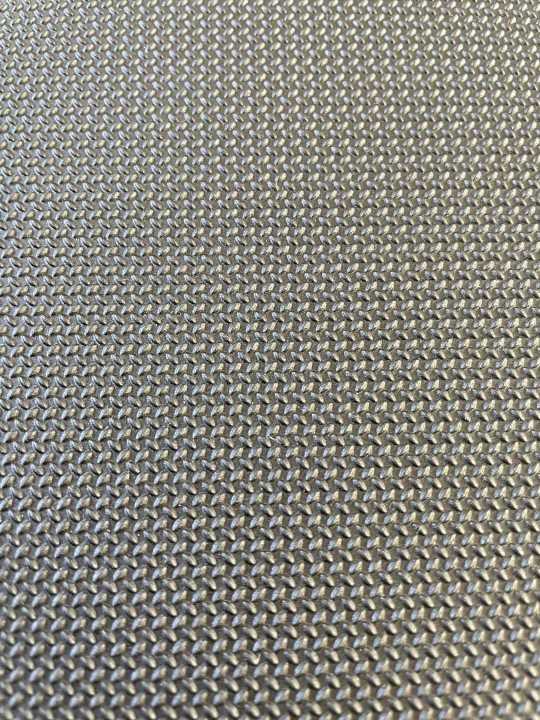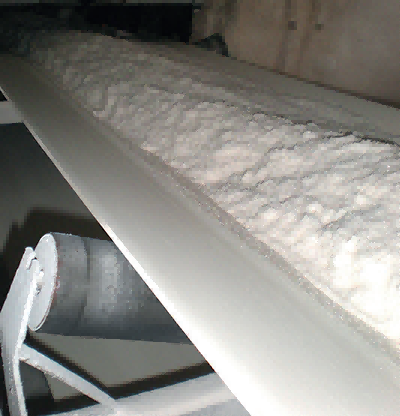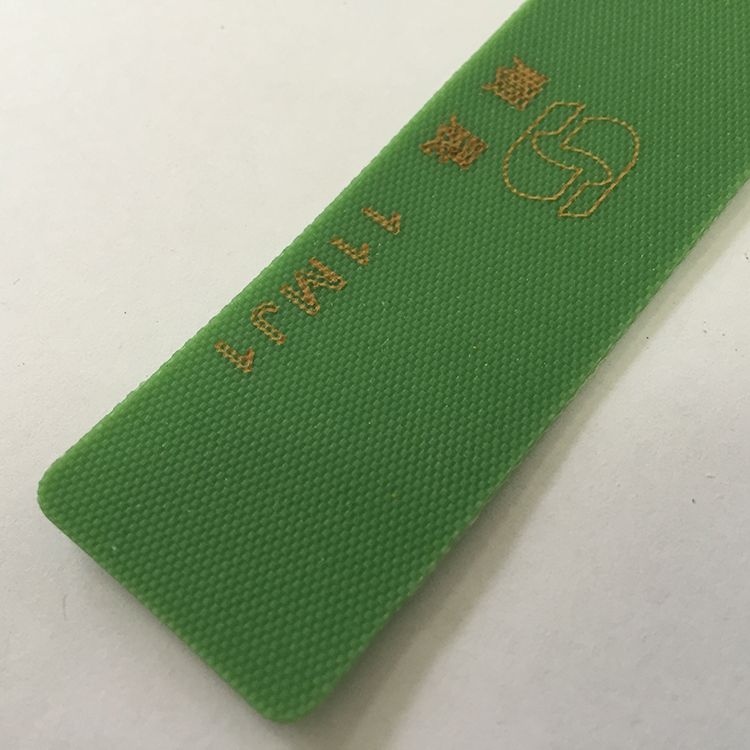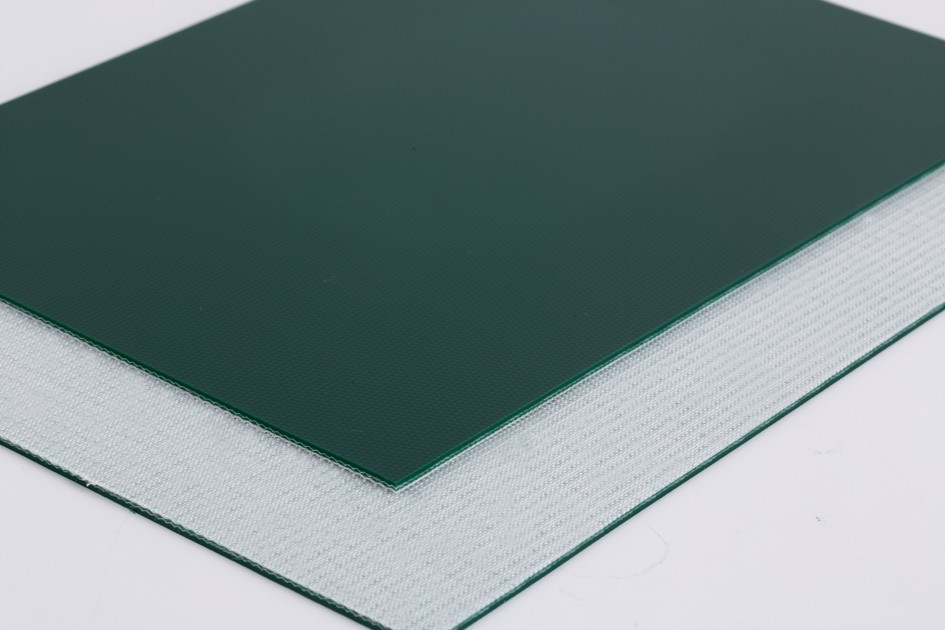Introduction
Conveyor belting plays a crucial role in various industrial applications, facilitating the efficient movement of goods and materials. Selecting the right material for conveyor belts is paramount to ensuring optimal performance in diverse environments. In this article, we delve into the intricacies of conveyor belting by exploring the key differences between two commonly used materials: PVC (Polyvinyl Chloride) and PU (Polyurethane).

Material Composition
Polyvinyl Chloride, commonly known as PVC, serves as the foundation for a significant portion of conveyor belts in industrial settings. PVC conveyor belting is engineered from a polymer that exhibits specific properties ideal for material handling. These properties include flexibility, chemical resistance, and durability. PVC, in its conveyor belt form, provides a cost-effective solution for many industries.
On the other hand, Polyurethane, or PU, offers an alternative material with distinct advantages. Polyurethane conveyor belts are crafted from a different polymer, offering unique characteristics such as exceptional abrasion resistance and elasticity. PU conveyor belting is particularly well-suited for applications where wear and tear are significant factors.
Durability and Wear Resistance
- PVC Conveyor Belting
PVC conveyor belts boast notable durability, making them suitable for various industrial applications. These belts withstand wear and tear, providing reliable performance in demanding environments. However, the extent of wear resistance can vary depending on the specific composition of the PVC material.
- PU Conveyor Belting
Polyurethane conveyor belts excel in terms of durability and wear resistance. PU’s inherent ability to resist abrasion makes it an excellent choice for applications where constant friction and contact with materials can lead to wear. Industries with high abrasion requirements often find PU conveyor belting to be a superior solution.
Flexibility and Tensile Strength
- PVC Conveyor Belting
Flexibility is a key feature of PVC conveyor belts. The material’s pliability allows for easy handling and installation, making it a preferred choice in situations where curved conveyors are necessary. Tensile strength is another crucial aspect, ensuring that the belt can withstand the stress of heavy loads without compromising its integrity.
- PU Conveyor Belting
Polyurethane conveyor belts exhibit flexibility and elasticity, offering advantages in applications where a high degree of flexibility is required. The material’s ability to stretch and return to its original form enhances its suitability for conveying systems that involve tight turns and intricate paths. Additionally, PU belts maintain impressive tensile strength, providing reliability in challenging operational conditions.
Applications and Industry Suitability
- PVC Conveyor Belting
PVC conveyor belts find extensive use across a spectrum of industries. Their versatility makes them suitable for applications in manufacturing, logistics, and food processing. The chemical resistance of PVC also contributes to its prevalence in industries where exposure to various substances is a concern.
- PU Conveyor Belting
Polyurethane conveyor belts are favored in industries where exceptional wear resistance is paramount. Applications involving heavy-duty conveying, such as mining and aggregate processing, benefit from PU’s ability to withstand abrasive materials. PU belts are also employed in food processing, printing, and other specialized sectors.
Environmental Considerations
- PVC Conveyor Belting
While PVC conveyor belts offer numerous advantages, environmental considerations have raised concerns. PVC is associated with certain environmental challenges, including issues related to disposal and recycling. As industries strive for sustainability, the impact of PVC on the environment is a factor that needs careful consideration.
- PU Conveyor Belting
Polyurethane conveyor belts present a more environmentally friendly option compared to PVC. PU is generally considered more recyclable and less harmful to the environment. As sustainability becomes a focal point for many industries, the eco-friendly aspects of PU conveyor belting contribute to its appeal.
Conclusion
In conclusion, the choice between PVC and PU conveyor belting depends on various factors, including the specific requirements of the application, environmental considerations, and industry preferences. PVC conveyor belts offer cost-effective solutions with good durability, flexibility, and chemical resistance. On the other hand, PU conveyor belts excel in applications demanding superior abrasion resistance and elasticity, coupled with a more environmentally friendly profile.
Understanding the key differences between PVC and PU conveyor belting empowers industries to make informed decisions based on their unique needs. Whether it’s the flexibility of PVC or the wear resistance of PU, each material brings its own set of advantages to the conveyor belt landscape. As industries continue to evolve, so too will the technologies and materials driving the efficiency of conveyor systems across the globe.





